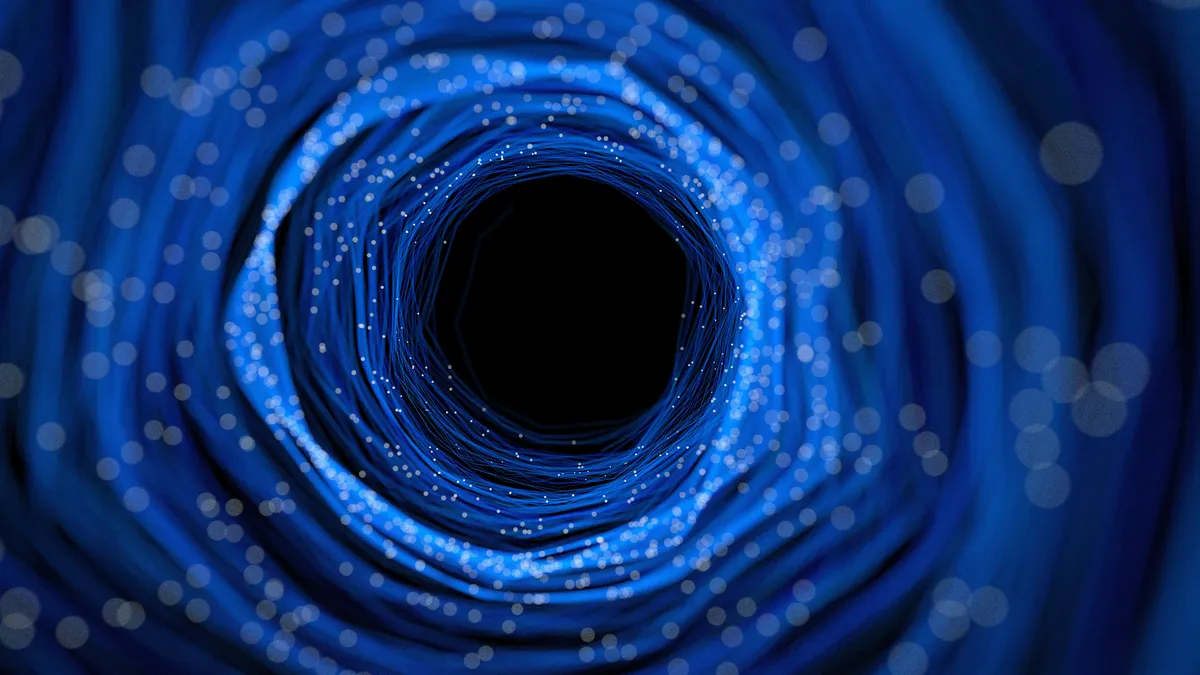Tesla has announced a significant update to its Full Self-Driving (FSD) software, promising to remove one of its most contentious features, the ‘steering wheel nag.’ This feature, which requires drivers to frequently apply torque to the steering wheel to ensure they are paying attention, has been a source of frustration for many Tesla owners. The update, expected to roll out as part of the FSD version 12.4, aims to make the driving experience smoother and less intrusive for users.
The Steering Wheel Nag Issue
The ‘steering wheel nag’ has been a part of Tesla’s driver monitoring system since the introduction of its Autopilot and FSD features. The system prompts drivers to periodically apply pressure to the steering wheel to confirm they are attentive. While this was intended to enhance safety by ensuring driver engagement, it often became a nuisance, especially on long drives or during moments of consistent, hands-on driving.
With the upcoming update, Tesla plans to eliminate this feature, relying instead on its more advanced cabin-facing camera system to monitor driver attention. This camera, introduced in 2021, detects whether the driver is looking at the road and can alert them if they appear distracted. According to Tesla CEO Elon Musk, this change will reduce the frequency of alerts and improve the overall user experience.
Updated Driver Monitoring System
The removal of the ‘steering wheel nag’ is part of a broader update to Tesla’s driver monitoring system. The cabin-facing camera will now play a more central role in ensuring driver attentiveness. This shift aligns with Tesla’s ongoing efforts to refine its FSD capabilities and address user feedback. The new system is designed to be less intrusive while maintaining high safety standards.
In addition to the camera-based monitoring, Tesla is updating its Autopilot Suspension feature. This feature enforces responsible use of FSD by issuing strikes for inattention. Drivers can accrue up to five strikes before losing access to Autopilot and FSD for one week. However, the new system will be more forgiving, gradually removing strikes over time, thus allowing for continuous improvement in driver behavior.
Regulatory and Safety Concerns
The decision to remove the ‘steering wheel nag’ has not been without controversy. The National Highway Traffic Safety Administration (NHTSA) has been closely monitoring Tesla’s updates to ensure they comply with safety standards. Previously, the NHTSA had expressed concerns about the potential removal of the nag feature, emphasizing the importance of robust driver monitoring systems in semi-autonomous vehicles.
Tesla’s approach, which combines the use of cabin-facing cameras and a revised strike system, aims to address these regulatory concerns while enhancing the driving experience. The company believes that its updated monitoring system will effectively ensure driver engagement without the need for frequent steering wheel prompts.
What to Expect from FSD v12.4
The FSD v12.4 update is set to roll out by the end of May 2024. This update is part of Tesla’s broader strategy to improve the functionality and reliability of its autonomous driving software. Alongside the removal of the ‘steering wheel nag,’ the update includes other enhancements aimed at reducing the need for driver interventions and improving overall driving comfort. These improvements are expected to bring Tesla closer to its goal of achieving fully autonomous driving.
Tesla’s commitment to advancing its FSD technology reflects its broader vision for the future of transportation. By continuously refining its software and addressing user feedback, Tesla aims to lead the industry in autonomous vehicle technology.

















Add Comment